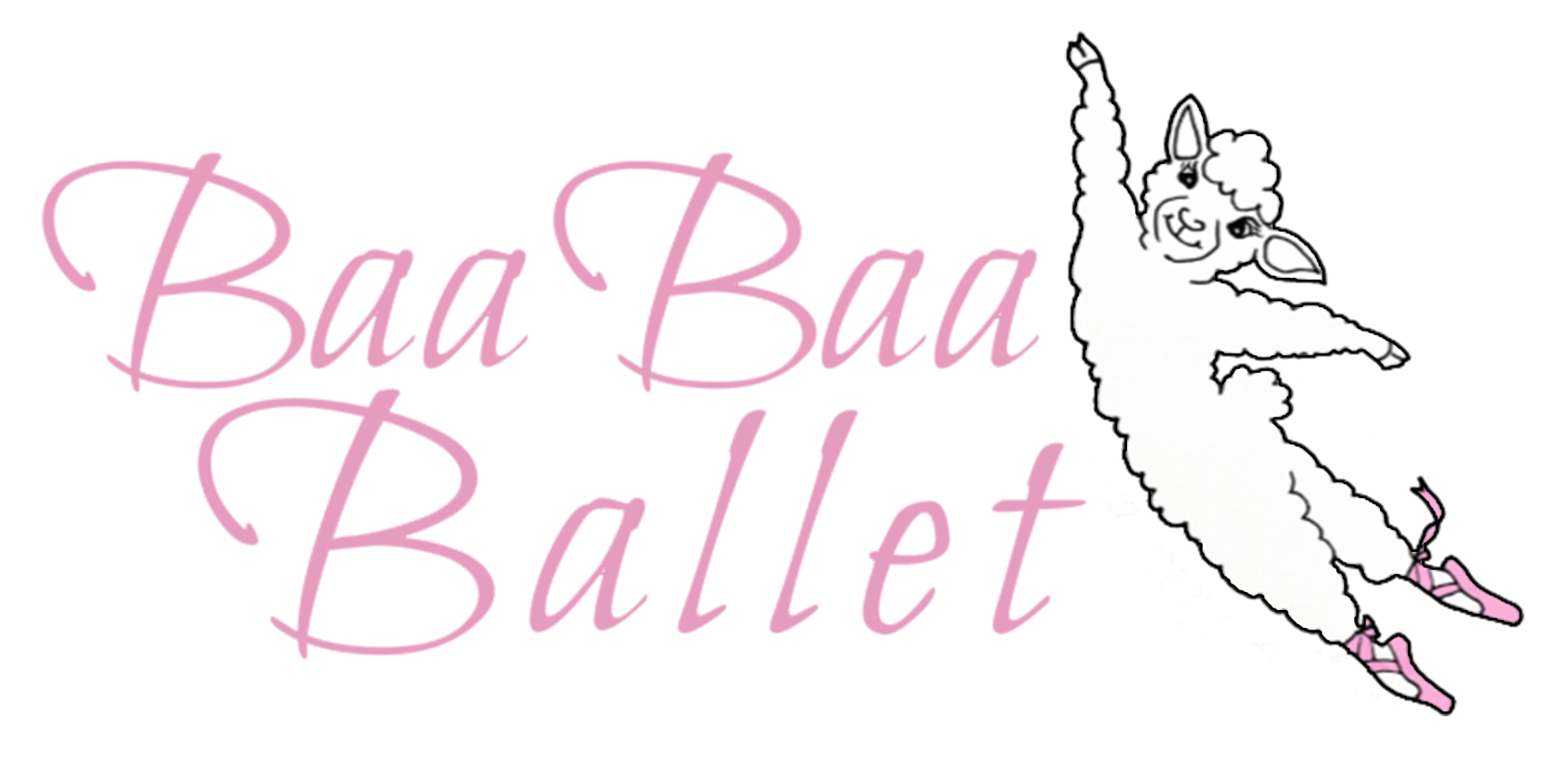
Pointes and Perspective #10 Less Is More
Let's get right into today's discussion,
“Less Is More”
The Benefit of Keeping It Simple
Where I will share some of the many benefits of keeping things simple, clear, and uncomplicated in the classroom.
~
I am a very lucky woman to have a wise old owl as my mother. Over my many years here on earth, she has offered endless words of wisdom, for which I am very thankful! You may not know this about me, but I myself, am a Mom of 4 children, now aged 16 through 21. Yes, I have made it out alive - so far!
One of the many ‘Grand Ole Meme’ lessons came to me when I was raising my children, and they had me at wits end, so I locked myself in my car, in my driveway, and called her for help. In short, it was one of those moments, where my child was trying to negotiate their way in or out of something. Funny, now I know this all-too-well-known scenario could be occurring with a child of 4 years old, 14 years old, or even 24 years old! It never ends!
Well, Meme said only one thing to me, “You’re Talking Too Much.”
She was right. She was very right. She was so very right. And that advice gets played in my head, over and over - in reference to my children, in reference to my students, even in reference to adults, employers, clients, and colleagues!
Talk less. Keep it short. Keep it simple.
~
Steer clear of overcomplicating things. Simply and effectively guide your students to do more than they knew they were capable of, and to believe in themselves and their potential.
~
Make what’s important clear & and what’s clear important. Keep rules simple and easy to understand, and then follow through, because it is important to the safe and smooth running of class. Discuss the rules with students and repeat the rules often. For example, “dancers who are sitting criss cross in their spot will be chosen to go across the floor.”
~
Say what you mean. Choose your words carefully, especially when you are guiding children’s behavior. Keep sentences short and simple. Focus on what to do rather than what not to do. Try saying, “let’s face Liza and watch her do her chasses ” rather than saying, “stop spinning around on your spot.”
~
Give clear, simple choices. Perhaps students can choose between the flower wand and the star wand for bourres across the floor. Give children a choice, ONLY when there is a choice. Avoid the, "Do you want to do your bourres with the butterfly wings on?” when that is not really an option, if your rule was, that everyone could choose between the flower and star wand.
~
And remember that encouragement is more effective than praise, in guiding children’s behavior. Encourage like a good teacher or coach, instead of like a cheerleader. A cheerleader just shouts general praise and encouragement, “Great job!” A good coach or teacher uses praise as a teaching tool, tells you what you’re doing right, and lets you know why they are proud of you. If a student works across the floor, you might say, “You did such a good job staying high on your half toes! You had strong arms, and you remembered to do an end pose at the final traffic cone!”
~
My Mom was guiding me to realize that most of the time, negotiations were not necessary. If the rules and choices are simple, follow through is clear, words are chosen carefully, and praise teaches, then surely, Less Is More!

